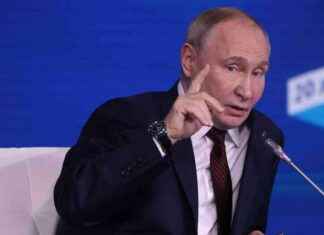The latest Big Mac index, published by the very serious weekly british The Economist, tends to show that most currencies of the world are under-valued relative to the u.s. dollar, which dominates both the developed and emerging markets.
” READ ALSO – The Big Mac celebrates 50 years of success
The Big Mac index was invented for the first time in 1986 for the purpose of determining whether currencies are at their level “correct”. It is based on the theory of purchasing power parity, according to which the foreign currency should adjust until the price of a basket of goods that is identical – or in this case of the famous burger from Mcdonald’s costs the same in all the countries of the globe. The Big Mac, which is composed of the same ingredients and produced in a manner substantially identical in all restaurants of the chain, represents an element of measurement particularly coherent.
The Russian ruble undervalued by 70% compared to the dollar
This element allows us to see that this year, the dollar appears to be even stronger than in the previous publication of the index, in July 2018, while the greenback was already expensive compared to other currencies. According to the latest publication of The Economist almost all the currencies are undervalued against the dollar. It turns out that in Russia, a Big Mac costs 110 rubles ($1.65), compared to 5,58 dollars in the United States. The price difference is considerable, suggests that the ruble is undervalued by 70% relative to the u.s. dollar. In Great Britain the burger is 27% cheaper than in the USA and it is 35% cheaper in Argentina. The index also shows you that the euro is undervalued by 17% against the dollar. Only the swiss franc, the Norwegian krone and the Swedish krona are considered to be overvalued.
The calculation of this index is not only fun for students of economics and their teachers. It is a valuable indicator for the traders who intervene on the foreign exchange market.







